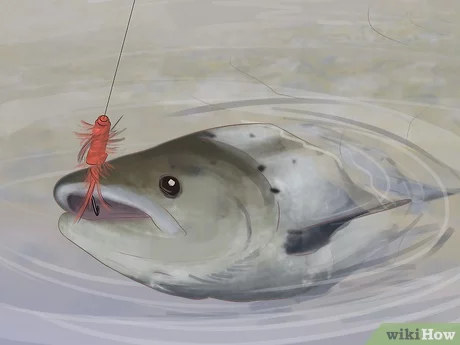How to Draw the Indian Flag: 7 Steps

Introduction:
The Indian flag, also known as the Tiranga (meaning tricolor in Hindi), is a symbol of pride and patriotism for the people of India. It consists of three horizontal bands of saffron, white, and green with a navy blue Ashoka Chakra at its center. Ready to try your hand at drawing this national emblem? Follow these 7 easy steps!
1. Start with the basics:
Begin by sketching a rectangle on your drawing surface. This will be the foundation for your flag. The dimensions of the Indian flag are typically in a 2:3 ratio; however, you can use any size you prefer.
2. Divide the rectangle into three equal horizontal sections:
Using a ruler or straightedge, lightly divide your rectangle into three equal horizontal sections from top to bottom. These will represent the saffron, white, and green bands of the flag.
3. Fill in the saffron color:
Using an orange color sketch pen or pencil, shade in the top section of your rectangle to create the saffron band. Saffron represents courage and sacrifice, two fundamental qualities that have shaped India’s history and culture.
4. Fill in the white color:
With a white color sketch pen or pencil, shade in the middle section of your rectangle for the white band. The white stripe represents purity and truth – essential virtues that guide India’s diverse population towards harmony and progress.
5. Fill in the green color:
Complete your flag’s base by filling in the bottom section with a green color sketch pen or pencil. Green represents prosperity and fertility, symbolizing India’s rich natural resources and agricultural wealth.
6. Sketching out the Ashoka Chakra:
Towards the center of your middle (white) section, draw a small circle using light blue or navy blue color pen or pencil—this circle represents the Ashoka Chakra. To create the chakra, draw 24 small lines, like spokes, extending out from the center of the circle. These spokes symbolize the 24 hours in a day and India’s striving for progress in all aspects of life.
7. Finishing touches:
Optionally, you can add shading and highlights to give your flag a more realistic appearance. Soft erasers, cotton swabs, or blending tools can help you achieve smooth color transitions and gradients.
Conclusion:
Congratulations! You’ve successfully completed drawing the Indian flag in 7 easy steps. Through constant practice and a close understanding of the flag’s symbolic elements, you’ll eventually master this emblem of pride and patriotism. Keep experimenting with different styles and mediums to add your unique twist to each rendition!
Happy drawing!

